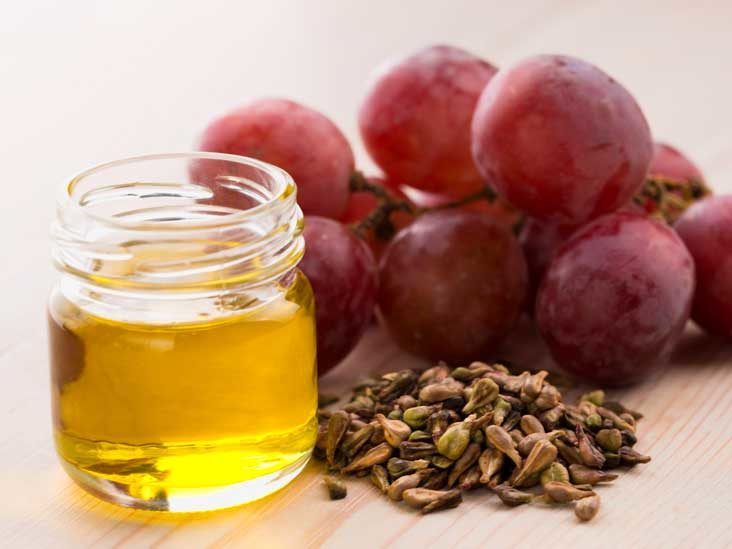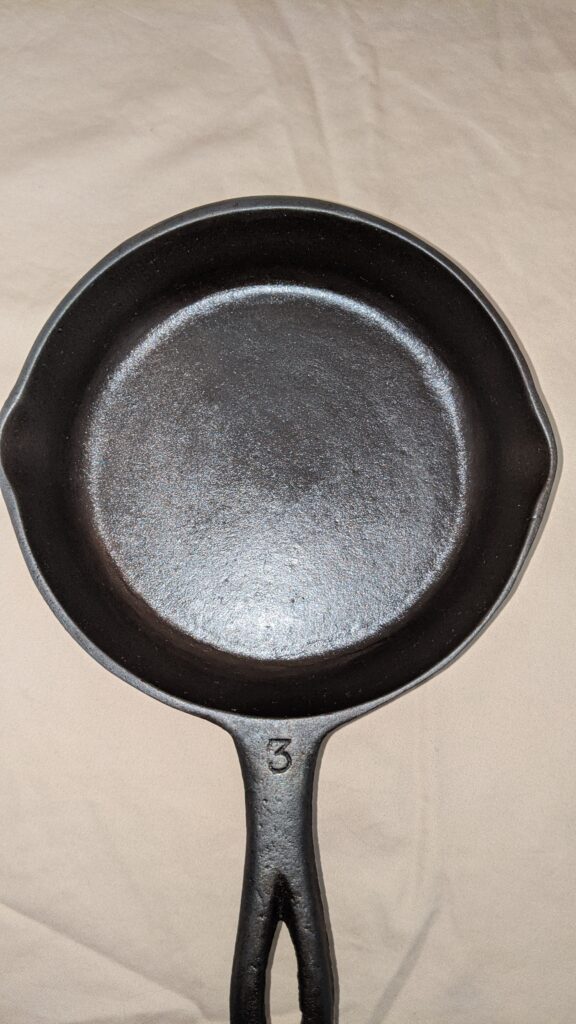Will Cast Iron Work On Induction Tops?
So you’ve invested in a brand-new (and costly!) glass induction cooktop for your kitchen. You also enjoy using your tried-and-true cast iron skillet for cooking. However, what about cast iron on induction cooktops? That does not appear to be a good idea for any of the objects involved at first sight!
Cast iron, on the other hand, is a terrific heat keeper, and while it can damage the bright glass top while induction cooking, the combination can have some great advantages. Yes, the cast iron induction stove combination can work, but you must be (very) cautious!
What is induction cooking and how does it work?
We’ll go over some tips and tactics in this article to assist you to protect your induction cooktop when using cast iron cookware. Let’s start with an explanation of how induction cookers function so you can understand why you’d want to put your hefty cast iron pans on them in the first place.
Induction cooktops are made up of glass covering that protects an electromagnetic field beneath them. When you lay your pot or pan on the cooktop (such as a stainless steel option), the electromagnetic field’s energy is transferred directly to the pan.
The electromagnetic field ensures that the source of energy becomes the pan itself, rather than the cooktop producing heat for an intermediate, such as an electric coil.
Because the energy transmission is substantially more efficient, induction cooking is much faster than more traditional ways. On an induction cooktop, a pan will heat up faster than on an electric stovetop or a gas burner.
The cookware you use must be made of a conductive metal (stainless steel or carbon steel are also alternatives), or the electromagnet will not work.
Cookware made of cast iron is unmistakably metal. That is to say, it performs admirably as a conductor.
Is cast iron compatible with induction cooktops?
In principle, the induction cooktop and cast iron combination is a fantastic setup. Still, there are a few obvious dangers that we’ll discuss shortly.
But let’s start with the pros. Is cast iron compatible with induction cooktops? Yes, and it’s quite effective.
Cast iron is the type of material that is ideal for this application. The hefty cast-iron metal retains heat well, but more crucially, if you’re cooking with induction, the iron essentially absorbs all of the electromagnetic currents.
When utilizing an induction cooker, cast iron is all iron and will operate every time without fail.
Isn’t cast iron, though, prone to scratching induction cooktops?
When it comes to the topic of whether cast iron works on induction cooktops, there are a few drawbacks to consider. Overall, we believe that the benefits of cast iron in the kitchen outweigh the downsides of utilizing it with induction cooktops.
The most obvious concern is that your hefty, rough cast iron pan will scratch your new induction stove, which is gleaming. There’s no doubting that you must exercise caution because induction stovetops are not inexpensive. In fact, you must use extreme caution. However, there are a few tactics and strategies you may use to avoid scratching.
Don’t let your cast iron slide.
When you’re ready to cook, place your pan firmly on the induction cooktop’s surface. If at all feasible, do this in one fluid motion.
Don’t move it on the induction cooker once it’s been set. That’s all there is to it.
Keeping the cast iron pan securely in place during the cooking process helps prevent any undesired scratches.
Make use of paper towels.
It may sound strange, but you may prevent scratching by placing a paper towel or sheet of paper between the cast iron pan and the heat.
Will it, however, catch fire? No. The advantage of induction cooking is that all of the heat is created within the cast iron pan, rather than on the stovetop. During the cooking procedure, the stovetop does not become hot.
A paper towel will not prevent the magnetic force from being drawn to the cast iron, but it will act as a barrier between the conducting metal and the glass, preventing scratches. To be extra safe, just keep an eye on the burner while things are cooking!
Cast iron’s bottom should be smooth.
Cast iron has the unpleasant flaw of never being completely smooth. Cast iron is heavy-duty, operates effectively, and is sturdy and durable, but it isn’t sleek or smooth.
Rough bumps and scratches are common in cast iron cookware. These can easily scratch a glass induction cooktop and disturb the induction process if they are on the bottom of the pans.
Of course, it’s a pain, but you can use an iron file or something similar to smooth down the bottom of the cast iron to ensure that there are no visible lumps or rough places that could cause damage when cooking.
Use cast iron that has been enameled.
Traditional cast iron skillets and cookware have been reimagined as enameled cast iron skillets and cookware. It’s typically lighter and smoother than traditional cast iron, making it ideal for induction cooking.
Although enamel cast iron is as conductive as regular cast iron, the enamel coating that covers the pan’s surface can slow down the heating process. It’s ideal for slow cooking, but it won’t reach the same high temperatures as regular cast iron cookware.
If you’re cooking on a glass induction stove, the enhanced protection, light composition, and smoother surfaces of enamel cast iron may outweigh the downsides.
Maintain a clean environment.
It’s critical to keep your cast iron cookware as well as your glass induction stove clean. Leftover food or cooking debris that clings to the bottom of the pan or the glass top will scratch the cast iron the next time you use it, so keep everything clean and clear.
It’s always a good idea to wipe off the stove surface with a moist towel before you start cooking (you might then want to leave the wet towel under the pan, as we explained above, while you cook). A quick clean down of your cast iron cookware is also recommended.
After you’ve completed cooking, wipe down your cooking surface once again to eliminate any debris or residue. Once a week, or after a particularly nasty cooking session, you should give the induction cooktops a deeper clean. Take advantage of the fact that glass induction cooktops are simple to clean and wipe down.
What pans aren’t compatible with induction?
Also, how can you tell whether your cookware is induction-ready?
In order for a pan to be induction compatible, it must be magnetized. Holding a magnet to the bottom of your pan and seeing if it sticks is the easiest way to check this.
Glass, aluminum, and copper pans will usually not operate on an induction burner unless they are made of magnetic material.
Take good care of your cast iron pots and pans.
While glass is simple to clean, cast iron is more difficult to maintain. However, it’s critical to maintain the condition of your cast iron cookware in order to extend the life of both your pans and your glass cooktop.
After each cooking session, you must wash your cast iron skillet. To remove any residual food or charred residue, use hot water and a scraper instead of soap. Check the bottom of the pan, especially, for any stray food crumbs that may have gotten stuck there while you were cooking!
If you use a metal scourer, the seasoned coating that protects your cast iron surface against rust will be removed. A rusted pan is more likely to scratch a glass top, so avoid it if at all possible.
After you’ve washed the pan, make sure it’s completely dry before storing it, otherwise, rust can form over time (which you don’t want).
It’s also important to keep the seasoning intact or re-season it if it starts to fade. Because the seasoning provides a layer of protection on the surface, your pan will last longer.
After cleaning your pan, a light swab with oil is the most efficient way to do this. Preheat the oven to 350 degrees Fahrenheit, then roast the pan upside down on the top shelf for at least one hour. This provides the necessary seasoning for your cast iron.
Conclusion
On induction stoves, cast iron cookware can be a very efficient way to cook. You should still be careful not to scratch the cooktop’s surface. However, with a few useful tips and tactics, you can make the most of both a cast iron skillet and an induction stove’s best features!
Join our private Facebook Group.




